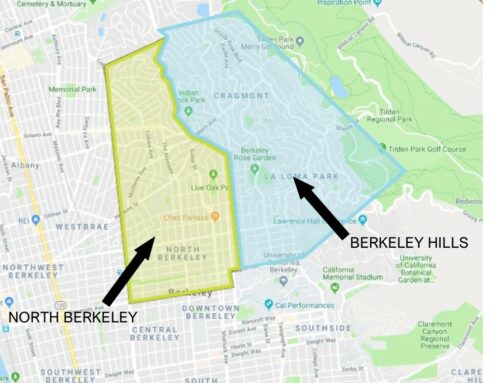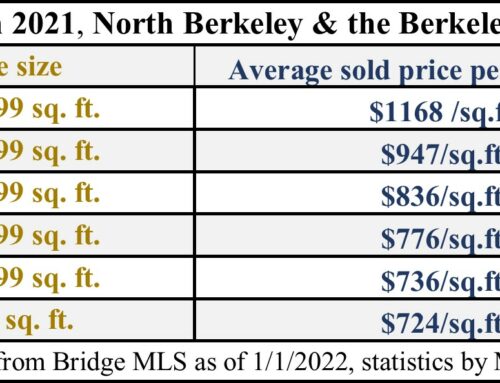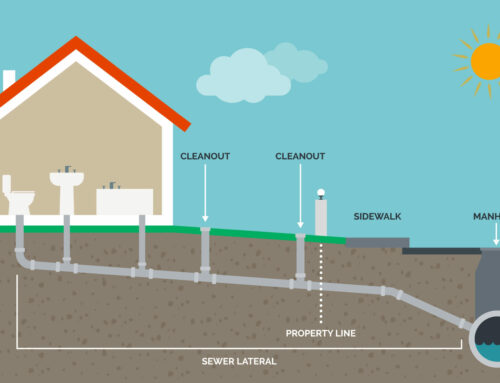Should I be careful not to over-disclose when I’m selling my home?
Completing seller disclosure forms in California can be a daunting task. A seller is legally obligated to disclose all known material information about the property to the buyer, and can be sued for hiding defects or problems. A material fact is any piece of information that would affect the buyer’s decision to purchase the property. To meet this obligation, sellers complete a series of detailed questionnaires about the current condition of the property, ongoing maintenance, past repairs and upgrades, and a whole array of other topics. Some of the questionnaire forms are specifically required by the state or federal government, and the others are like a guided walk down memory lane, making sure sellers think about and pass along information within many different relevant categories.
In completing these forms, it’s not uncommon for a seller to worry that they’re over-disclosing – telling the buyer too much – and that they’re going to hurt their sale. My general rule of thumb for disclosures is this: If you wonder if you should include something in the disclosures, the answer is always yes. Why? Because if it’s an item that the buyer cares about, then it’s a material fact, and you are required to disclose it. If the buyer doesn’t care, then it’s not hurting anything to have it there.
Carefully completed disclosures are important not just because of the legal requirement, but also because they set the tone for the transaction, and establish a baseline level of trust between the parties. If the seller has lived in the property for many years, but discloses next to nothing, buyers don’t feel confident that they’re getting an accurate picture of the property, which makes them worry about unknown problems. They may also think the seller is not playing fair, which affects their impression of the whole property, and their behavior in the transaction, including their willingness to be flexible when procedural things come up during escrow (and procedural and other issues often do come up!).
Disclosure forms include questions that ask you to describe all work and improvements you’ve done on the house, plus repairs needed now and those done in the past, plus ongoing maintenance. Putting together all of this information can be challenging, especially if you’ve owned the home for many years. Including a lot of detail, though, especially about more recent improvements and repairs, gives the buyer the sense that the property has been well-maintained and improved over time.
Even if you’re not thinking of selling anytime soon, it will make your life much easier when the time comes if you start a list (or a spreadsheet, or a file) now, and update it when you have a new improvement or repair. For each item, record three things: what was done, who did it, and when. For recurring maintenance items, there’s no need to keep track of every time the tree trimmer or gutter cleaner came; just keep a list of what those maintenance items are. If you start doing this now, you’ll be way ahead of the game when you do decide it’s time to sell!





















